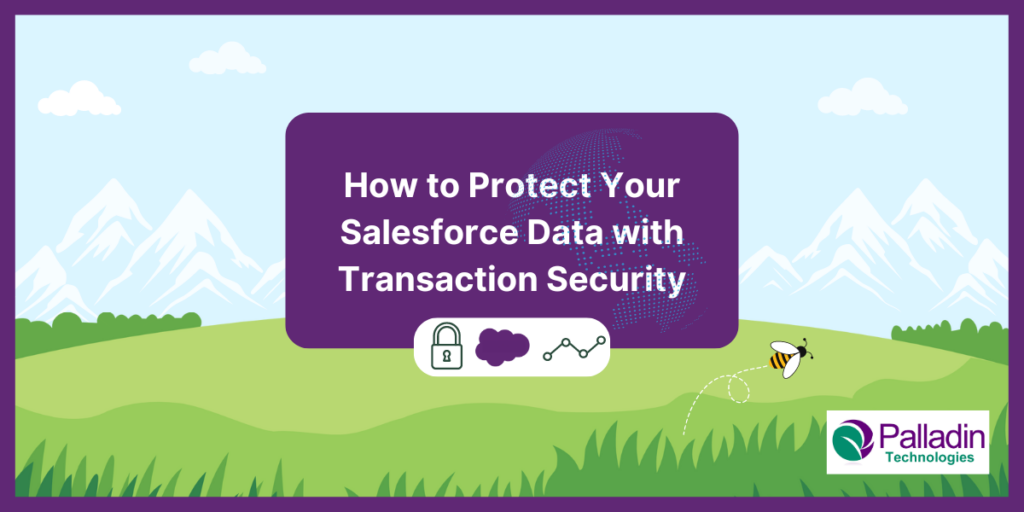Salesforce is a powerful platform that helps you manage your customer relationships, sales, marketing, and more. But with great power comes great responsibility. You need to ensure that your Salesforce data is secure and compliant with your organization’s policies and regulations.
One way to do that is by using Transaction Security, a feature that monitors Salesforce events in real time and takes actions based on rules you create. Transaction Security can help you prevent data leakage, enforce security best practices, and detect suspicious activities.
What is Transaction Security?
Transaction Security is a feature that monitors Salesforce events in real time to spot potential trouble based on rules you create. With Transaction Security, you can create policies that consist of events, notifications, and actions.
An event is anything that happens in Salesforce, such as user clicks, record state changes, and measuring values. Events are immutable and timestamped.
A notification is a message that informs you or other users about an event. Notifications can be sent via email, SMS, or push notifications.
An action is a response that occurs when an event matches a policy. Actions can be blocking (preventing the event from happening), non-blocking (allowing the event to happen but logging it), or custom (using Apex code to define your own logic).
What are the benefits of Transaction Security?
Transaction Security can help you protect your Salesforce data in various ways, such as:
- Preventing users from exporting or downloading large volumes of data from reports or list views.
- Blocking users from logging in from unsupported browsers or devices.
- Alerting you when users run reports containing sensitive data or access confidential records.
- Enforcing multi-factor authentication for high-risk transactions.
- Detecting and responding to anomalous user behavior or brute-force attacks.
How to use Transaction Security?
To use Transaction Security, you need to have a Salesforce Shield or Salesforce Shield Event Monitoring add-on subscription. Then, you can follow these steps:
- Enable Transaction Security in Setup by entering Transaction Security in the Quick Find box and selecting Transaction Security.
- Click New to create a new policy.
- Choose an event type from the drop-down list. You can see the available event types and their descriptions here.
- Define the conditions for the policy using the condition builder or Apex code.
- Choose an action for the policy from the drop-down list. You can also use Apex code to define a custom action.
- Choose a notification option for the policy. You can specify the recipients, the message template, and the delivery method.
- Optionally, add a description for the policy and enable logging for debugging purposes.
- Click Save to activate the policy.
You can also edit, clone, or delete existing policies from the Transaction Security page in Setup.
Conclusion
Transaction Security is a powerful feature that helps you monitor and control your Salesforce data in real time. By creating policies that match your security requirements, you can prevent data breaches, enforce compliance, and detect threats.
If you want to learn more about Transaction Security, you can check out these resources:
– Get Started with Transaction Security Unit | Salesforce Trailhead
– Enhanced Transaction Security – Salesforce Developers
– Transaction Security in Salesforce – Forcetalks
